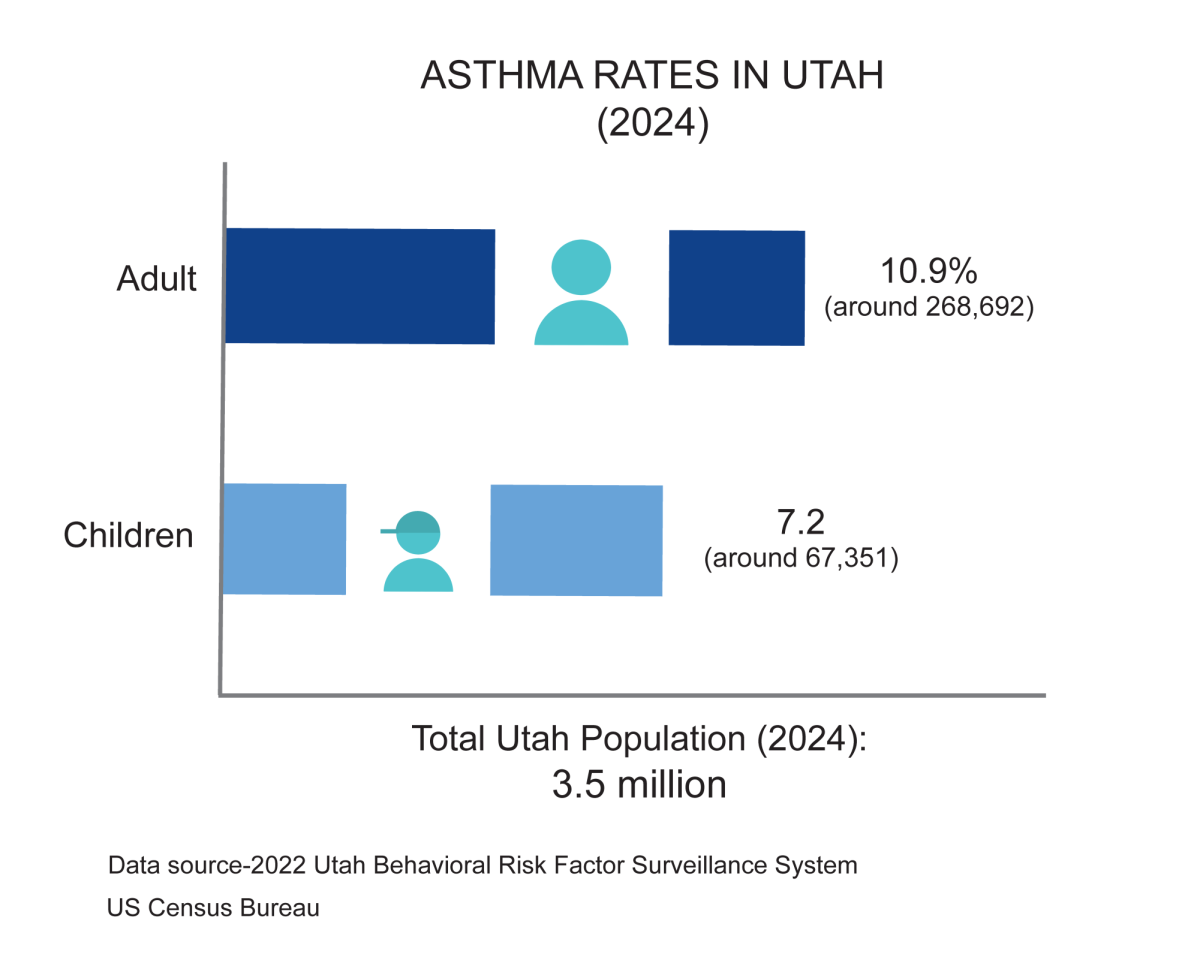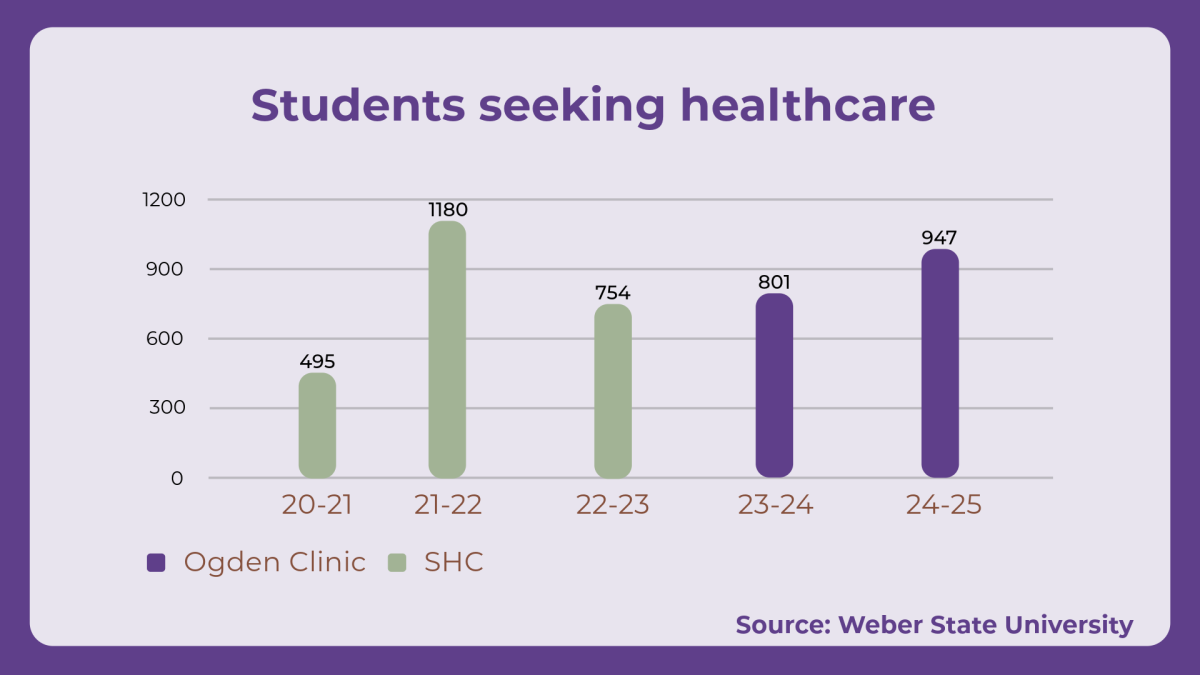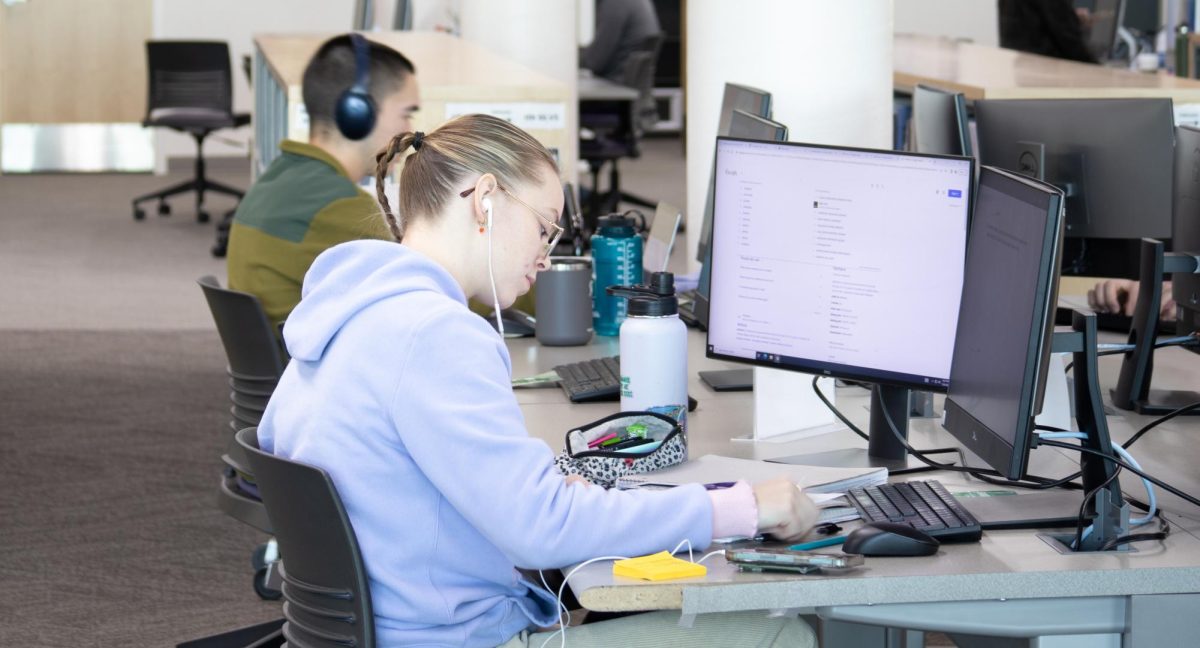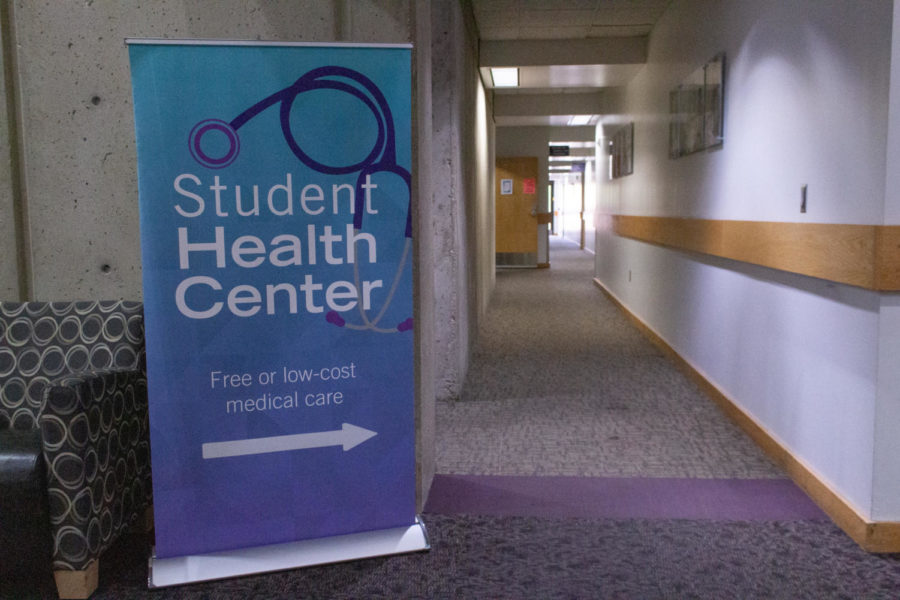The Weber State University West Center put on a workshop for the recognition and prevention of suicide on Wednesday. The workshop was aimed at instructing people to know what to do when someone is contemplating suicide.
“The more people who know what to look for and what to do if they see the signs, the more people can take action and hopefully the more people we can save; that is our ultimate goal,” said Dianna Abel, director of the Counseling and Psychological Services Center.
Abel did the presentation and brought forth three simple strategies to help prevent suicide: question, persuade and refer. She taught how, through these three strategies, people can understand the signs for when someone is thinking about suicide, ask the right questions, persuade the person in the right direction and refer them to help. She showed a booklet called “Question Persuade Refer: Ask a Question, Save a Life.” The pamphlet states that “QPR is intended to offer hope through positive action and to teach those who are in a position to recognize the warning signs, clues and suicidal communications of people in trouble to ACT vigorously to prevent a possible tragedy.” In other words, Abel’s goal for the students was to make them gatekeepers, or anyone in a position to recognize the warning signs of suicide.
The statistics provided show that more than 34,000 Americans die by suicide each year, making it the 11th-ranking cause of death in the nation, being eighth in the state of Utah. Each year, 350 Utahns die by suicide, making it is the third-leading cause of death in young people. The highest statistics showed up in the springtime. Many of the students said they wondered why, and the reason was hard to find.
“This year at Weber State has been the most troubling year that I’ve been there in 13 years,” Abel said. “We lost two students to suicide in January, we lost an employee in March, and we lost two students again this past summer, and we lost one last week.” The unnamed student last week was found by another student, which Abel said can be very traumatic.
Abel described many clues that show a possibility of someone thinking about suicide. Some clues were direct, while others were sudden behaviors, such as relapsing into drug or alcohol use after a period of recovery. Situational clues were losing someone close, causing depression, a common mental illness in suicidal people. Statistics for students in Utah show that 23 percent of students felt “so depressed it was difficult to function,” 13 percent of students were diagnosed or treated by a professional for depression, and 25 percent of students said their academic performances were affected by their depression. Students at the workshop learned how to deal with people who are in this situation. Persuading them and referring them to find help were big parts of QPR to help people overcome depression.
“The best referral always is taking someone by the hand to someone who can help,” Abel said. To show that QPR worked, she described a situation where a woman was depressed and going through a divorce, so QPR was used, and it helped the woman out a lot. “Now that woman knows more than what she knew before,” Abel said.
This workshop was one of many conducted at the West Center. The idea for the suicide workshop was brought up after Abel came to the Continued Learning Center and presented it.
“She and I got talking and decided this would be nice to put out in this area for these students and the community as well,” said Galynn Mook, coordinator for off-campus centers. “This was very positive and gave us a way so we can help someone with very realistic ways to help people.”
Terry Carillo, a student who works at the West Center, said she learned a lot through the workshop.
“It was informative and gave me an insight to a lot of things I didn’t realize,” Carillo said. “When she was saying how to ask a question and how to ask a person if they’re suicidal, that was very helpful.”
Abel encouraged students to join a team and help people who are struggling with depression and suicidal tendencies. Resource numbers were provided for those who need help. She said she believes that those who didn’t know before how to handle it can handle it now.
“You can only act on what you know, so once you know, then let’s move forward and hopefully get people comfortable talking about it, bring it out of the shadows and make a difference.”




















